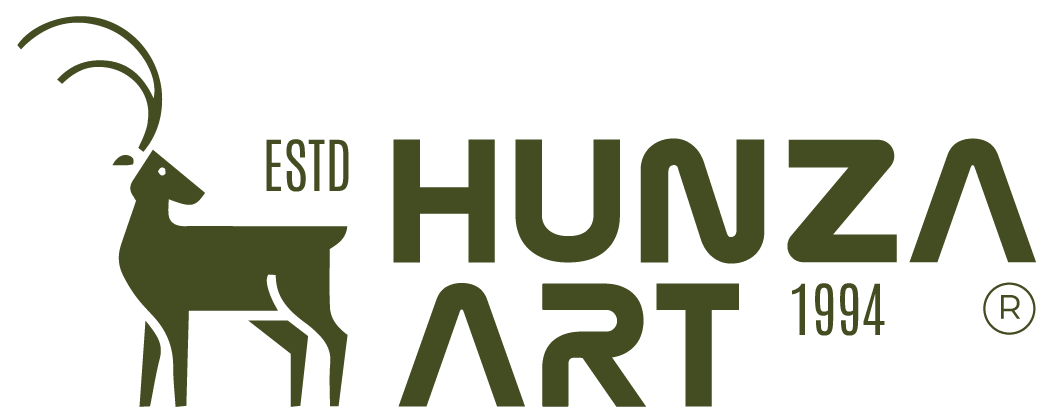Hunza 101 – A Crash Course on Paradise of Karakorum
High in the Karakorum range, Hunza is a high-mountain valley shaped by glaciers, seasonal rivers, and terraced settlements. This guide summarizes its geography, population, languages, faith communities, history, agriculture, challenges, and everyday culture.
Start ReadingGeography and People
Hunza sits within the Karakorum system of high peaks and deep valleys. Settlements are distributed across Upper, Central, and Lower Hunza. The total population is estimated at over 150,000.
The main languages are Burushaski (a language isolate), Wakhi, and Shina. Daily life revolves around water management, orchards, and small-scale trade and services.
Quick Facts
- Administrative center: Karimabad (historically called Baltit)
- Average elevation: ~2,400 m
- Access corridors: Khunjerab Pass to the north; high-altitude roads subject to weather and landslides
Landscape and Water
Hunza’s terrain is defined by steep slopes, alluvial fans, and glacial valleys. A traditional network of irrigation channels (kuls) carries meltwater to fields and orchards, enabling agriculture in a dry, high-altitude climate.
Notable Peaks
- Rakaposhi (7,788 m): The “Shining Wall,” visible from many points in Central Hunza.
- Passu Cones: Distinct limestone towers in Upper Hunza.
- Ultar Sar: A prominent massif above Karimabad.
Historical Overview
For centuries, Hunza functioned as a mountain polity led by hereditary rulers known as Mirs. The valley sat on a corridor used by traders and travelers along branches of the historic Silk Route.
Landmarks and Heritage
- Baltit Fort: Approximately 900 years old; restored as a museum and cultural reference point.
- Altit Fort: One of the region’s oldest fortified residences, overlooking the Hunza River.
- Caravan history: Exchanges in dried fruits, textiles, and handicrafts shaped local livelihoods.
Faith and Community
The principal faith communities are Ismaili and Shia (Twelver). Many Shia families reside in Ganish. Community life emphasizes education, cooperation, and social welfare.
Seasonal gatherings such as Navroz and Ginani mark the new year and the start of harvests and are observed with community events and shared meals.
Agriculture and Local Products
High solar radiation, cool nights, and glacier water support fruit and nut cultivation. Drying, oil extraction, and small-batch processing are common household skills.
Seasonally dried; incorporated into teas, trail mixes, and desserts.
Browse Dried FruitsAuthentic Mishaaski Farxin (Hunzai cap) reflecting local design and craft.
View Mishaaski FarxinCulture and Everyday Life
Architecture uses stone, timber, and mud, optimized for seismic stability and insulation. Music, oral histories, and community work days remain part of social organization. Literacy rates are high compared to many mountain regions, and small enterprises support household incomes alongside agriculture.
Contemporary Notes
- Education and community institutions are widely supported.
- Tourism, crafts, and specialty foods are growing economic strands.
- Local identity ties strongly to language, village networks, and shared resources.
Challenges and Infrastructure
Mountain environments present practical constraints. These factors shape daily routines, business activity, and travel plans.
- Power reliability: Outages and seasonal constraints affect homes and businesses.
- Connectivity: Limited high-speed internet coverage and variable mobile data quality in some areas.
- Transport: Landslides and weather can disrupt road access; travel times vary by season.
- Services: Access to specialized healthcare and technical services may require travel to larger urban centers.
- Supply chains: Seasonal bottlenecks can affect inventory, logistics, and pricing.
Quick Quiz: Check Your Understanding
Select one option for each question and then check your score.
1. The total population of Hunza is estimated at:
2. The traditional water channels that deliver glacier melt to fields are called:
3. A key fortress in Central Hunza with about 900 years of history is:
4. The principal faith communities in Hunza include:
5. A current infrastructure constraint that affects residents and businesses is:
Thanks for reading. Continue exploring regional products and crafts below.
Explore Hunza ProductsWrap-Up
This overview summarizes core facts about Hunza’s setting, communities, economy, and constraints. For more detail, consult local archives, field studies, and community organizations operating across the valley.
Return to Home